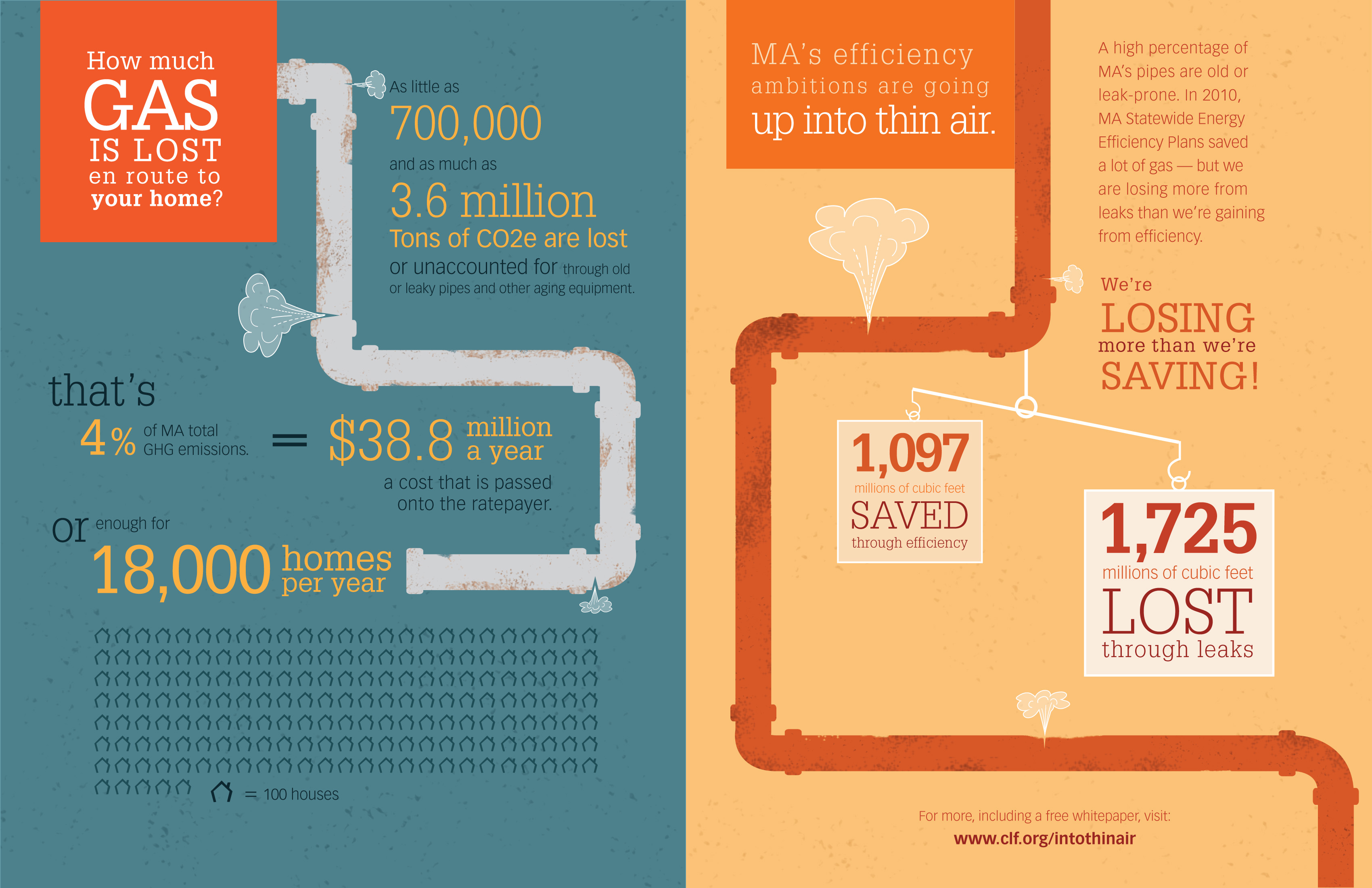Analyzing The Expenses Of Solar Panel Installment: Is It A Smart Financial Move?
Analyzing The Expenses Of Solar Panel Installment: Is It A Smart Financial Move?
Blog Article
Content Author-Oliver Potts
When taking into consideration the costs of solar setup, you may question the upfront investment required and whether it straightens with the potential lasting benefits. Understanding the complexities of these expenses and the various variables affecting the overall return can shed light on the worth proposition of transitioning to solar power. By assessing both the preliminary setup prices and the projected savings over time, you can gain understanding right into whether the investment in solar installation holds pledge for your financial future.
First Arrangement Expenditures
When thinking about the costs of solar installation, the preliminary setup expenditures play an important role in your decision-making process. These in advance costs consist of the rate of photovoltaic panels, inverters, mounting devices, and installation labor.
The rate of photovoltaic panels can differ relying on the brand, efficiency, and size you choose. Inverters are vital for converting the sun's energy right into usable electricity and be available in various kinds such as string inverters, microinverters, and power optimizers, each with its own price effects.
Placing devices, such as shelfs and rails, is necessary to firmly mount photovoltaic panels on your roofing or residential or commercial property.
The installment labor price covers the professional installation of the planetary system, guaranteeing that whatever is established correctly and efficiently. Keep in mind that while these initial arrangement costs may seem high, there are often refunds, tax incentives, and funding choices readily available to help balance out the prices and make solar installment a lot more affordable in the long run.
Long-Term Savings Analysis
To comprehend the financial advantages of solar installation in time, it's crucial to conduct a thorough long-lasting savings analysis. While the preliminary setup expenditures of photovoltaic panels may appear complicated, the lasting savings can outweigh these prices dramatically. By utilizing the power of the sun to produce power for your home, you can potentially conserve thousands of bucks on your energy costs over the lifespan of your planetary system.
Among the essential variables to consider in a long-lasting savings analysis is the decrease in your power bills. With photovoltaic panels, you can produce your power, decreasing or even removing your dependence on the grid. simplisafe solar panel installation can lead to considerable savings, specifically as utility prices continue to climb.
In https://solar-panel-manufacturer24332.luwebs.com/30460652/reveal-the-interesting-journey-of-a-family-that-reduced-their-power-prices-by-utilizing-solar-power-setting-the-stage-for-an-amazing-makeover-in-their-way-of-living , numerous governments provide incentives such as tax obligation credit scores and refunds for mounting solar panels, even more improving your lasting cost savings. By making the most of these incentives and maximizing your solar power manufacturing, you can appreciate considerable economic benefits for years to come.
Roi Calculation
Considering the economic advantages of solar installation, it's time to examine the Return on Investment (ROI) calculation. Determining the ROI involves comparing the overall costs of installing a planetary system with the economic advantages it produces over its life-span.
To calculate ROI, split the net benefit from the system by the total investment price and multiply by 100 to obtain a portion. The ROI formula is: (Internet Profit/ Total Investment Cost) x 100.
For example, if the total expense of setting up a planetary system is $20,000, and over its life expectancy, it produces financial savings and earnings amounting to $30,000, the internet earnings would be $10,000. Separating this by the total financial investment cost of $20,000 gives a proportion of 0.5. Multiplying this by 100 provides an ROI of 50%.
Usually, a greater ROI indicates a much more economically satisfying investment. Aspects like government rewards, maintenance expenses, and energy price changes can influence the ROI of solar installments. Understanding the ROI aids in analyzing whether purchasing solar power deserves it in the future.
Final thought
Finally, understanding the costs of solar setup is important for figuring out if it deserves the financial investment. By taking into consideration initial configuration costs, performing a long-lasting financial savings evaluation, and determining the roi, you can make an informed decision regarding the financial worth of solar power. With the capacity for lowered utility expenses and raised power independence, investing in solar setup can be a clever choice for both your budget and the setting.
